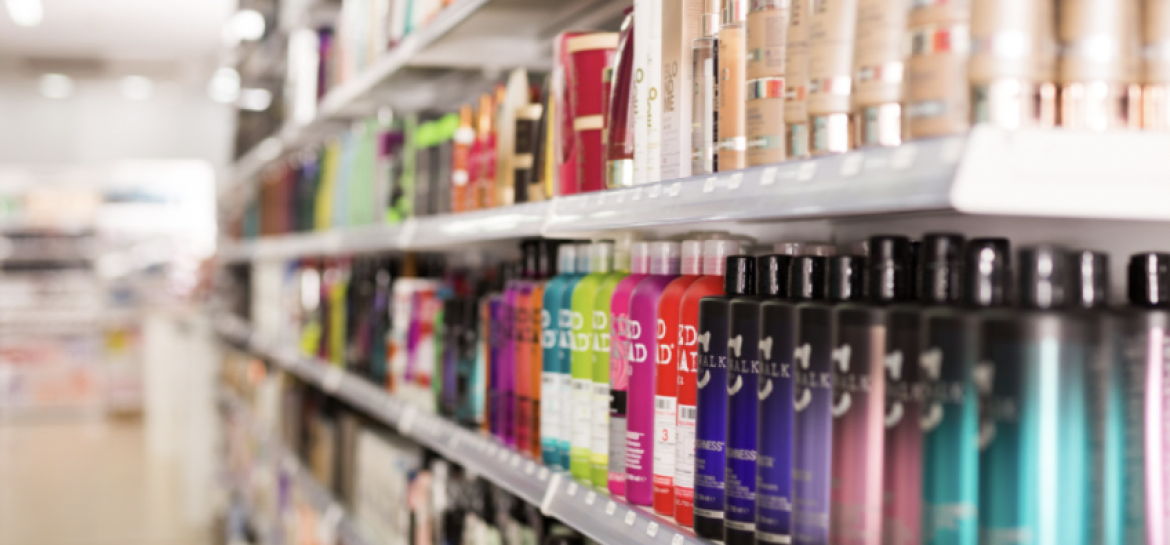
2020 World cosmetics market overview

he beauty dimension has got a vast establishment across the web, and it would take quite a bit of time and effort to get the most viable information on the market by oneself. So, here’s a worthy overview presented by www.marketwatch.com
Full report availablehere.
Global cosmetic market valued approximately $652B in 2020 and is expected to reach $805,61$ by 2023 at CAGR annual growth-rate of 7,14%.
Skin care, hair care, make-up, fragrances, antiperspirants, hygiene, and mouth care products – these are the core cosmetic market categories. Skin care has traditionally been the leading segment covering 39% of the global market. Next 21% goes to hair care, and 19% to make-up.
According to the forecasts, skin care will remain on top of other segments at least by its profitability and will grow by $20,1B by 2023. For now, 40% of the entire consumption in the sphere occurs in the Asia and Pacific region.
The largest stake at cosmetics production and sales remains held by several global corporations — L’Oréal , Unilever , Procter & Gamble Co. , Estee Lauder Companies, Shiseido Company and Lancôme,
L’Oréal remains the world’s largest cosmetics manufacturer with annual turnover of $31,2B. The company possesses also the largest global hygiene products brand L’Oréal Paris with market value $28,38B (by 2019).
Cosmetic industry is a segment, that is globally insusceptible to strikes and gutters. The total sales value may suffer to general economic recession, however, sales of cosmetic products in whole would rather stay inviolate. The explanation is simple – the consumption of cosmetics grows consistently, both by women and men, for whom growth rate is even higher.
Aging population – key market growth driver
Over the last two decades negative relations between birth and mortality rates naturally led to the society’s general aging. On the other side, growing desire of both females and males to preserve youth and vitality has been intensively driving the demand for cosmetic products and services. Aging population snowballs sustainable consumption of anti–aging, wrinkle reducing, clarifying, hydrating, and even anti-hair damage solutions, creating plenty of room for innovation and driving the industry forward. The population of people over 60 years old is expected to reach 2,09 billion by
2050 with average lifetime hitting 86,3 for women (compared to 82,8 in 2005) and 83,6 years for men (contrary to 78,4 in 2005). Notably, the contribution of elder people to total cosmetics consumption also shows a sustainable growth.
E-commerce is expected to perform even faster growth pace.
Skin and hair care cosmetics and fragrances are sold the most via internet, pushing brands of all scales towards investing more into marketing and development of this channel expecting high profitability at comparatively low cost. The market forces brands and corporations to rush into creative website, mobile app creation, intense SMM promotion through Twitter, TikTok, Facebook, Instagram and so on. We could have already seen it through not only excessive beauty brands’ presence on social media, but as well by massive flow “only available online” products and even entire brands. Instagram, TikTok and Youtube also offer a powerful toolset to close the gap between brands and consumers. Educational campaigns carry the torch for proper self–care, usage of particular products or entire product generations, or makeup and styling rituals. Besides, bloggers and rest of content creators seem to remain one of the core power to force the ado around cosmetic brands across social media.